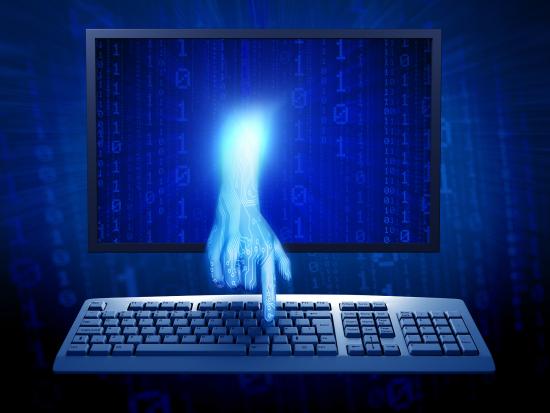Submitted by Nick McGregor of CMIT Solutions
As the previous post indicated, preparing for both man-made and natural disasters requires many courses of action. But what should you do if you’re hit by a problem, whether accidental, weather-related or caused by human error? If your data suddenly disappears, or your back-up drive goes kaput, or you’re affected by a fire or flood, should you just throw your arms up in the air and concede defeat? Resign yourself to starting over or even throwing in the towel?
No way. Data loss is a recoverable affliction, no matter how serious the issue. Hard drives, computers, and servers fail every day for any number of reasons and recovery is possible in even those instances that seem most hopeless.
CMIT’s trusted partners provided us with a number of useful tips that can save you from a data disaster should a natural or man-made disaster strike. Some may seem like common sense, but others may come as a major surprise, yet all offer significant success rates and the chance to put your business on the road to recovery:
- If your hard rive is making odd noises (usually clicking) and is not recognized by your computer, do not keep powering it on and trying to get it to work. Odd noises usually indicate a physical problem with the mechanics of a hard drive, and repeatedly turning it on can scrape data off for good.
- If you delete critical data by accident, pull the plug. Data that is deleted and emptied of the the recycle bin is still recoverable as long as it is not overwritten. Using your computer for extended periods of time after deletion increases the chances that you are writing over the old data on the drive since the file system now thinks it is free space.
- Do not install over-the-counter data recovery software on a drive with deleted data unless you make sure nothing gets written to that drive.
- If you have a multi-drive server failure, be very careful about swapping drives if you are not positive about which drives are bad and when each failed. Also, be wary of what manufacturers tell you to do to fix the server, they usually don’t care about your data as much as you do.
- Flash drives and solid-state drives fail too, but even a USB stick that’s broken in half can be recovered.
- If a hard drive is in a flood, keep it wet in distilled water or with a wet paper towel in a Ziploc bag, especially if it was in saltwater. When saltwater dries, it leaves terrible salt deposits on electronics that are very difficult to remove.
- If you have a hard drive affected by fire, it’s helpful to have the model number info from the factory (make sure you write it down and store in a safe place when you initially purchase the drive). Many times, labels on the drive are burned off, which can make it hard to source parts for an unknown model.
Have questions about a hard drive, computer or server failure? Think one of your systems could soon be on the fritz? Concerned about your company’s lack of remote backup, disaster recovery, and business continuity plans? CMIT Solutions of Tampa-Temple Terrace can help. We know how devastating a disaster can be, and we’re here to make sure even the worst data loss calamity won’t knock your business out for the count.




